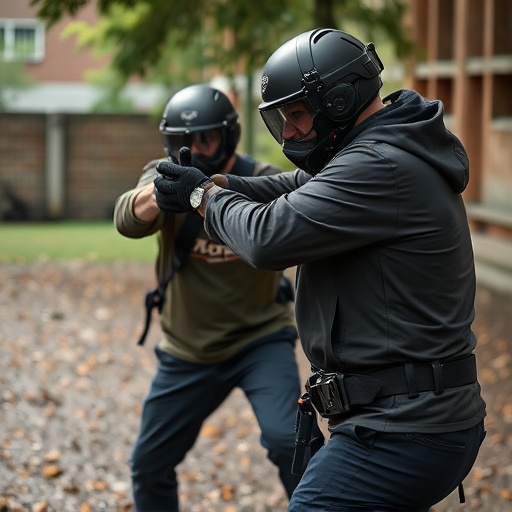When purchasing a stun gun for personal safety, consider pulse frequency (measured in Hertz) as it directly impacts effectiveness. Aim for devices with rates between 150,000 Hz and 400,000 Hz or more for powerful yet controlled shocks. Easy-to-carry and use stun guns with high pulse frequency offer the best balance of potency and safety, ensuring immediate defense in unexpected encounters.
Looking to purchase a stun gun for personal safety? Understanding electrical pulse frequency is key. This powerful factor determines a stun gun’s effectiveness, impact, and overall user experience. From high-frequency devices offering superior protection against attackers to lower-pulse alternatives catering to specific needs, the right choice ensures you’re prepared. Learn how pulse rate influences performance and discover the benefits of advanced high-freq models for maximum peace of mind when buying a stun gun that’s both easy to carry and use.
- Understanding Electrical Pulse Frequency: The Basis of Stun Gun Effectiveness
- How Pulse Rate Impacts Stun Gun Performance and User Experience
- Key Considerations When Choosing a Stun Gun Based on Pulse Frequency
- Unlocking the Advantages of High-Frequency Stun Guns for Personal Safety
- Low vs. High Pulse Frequency: Which Stun Gun Fits Your Defense Needs?
Understanding Electrical Pulse Frequency: The Basis of Stun Gun Effectiveness
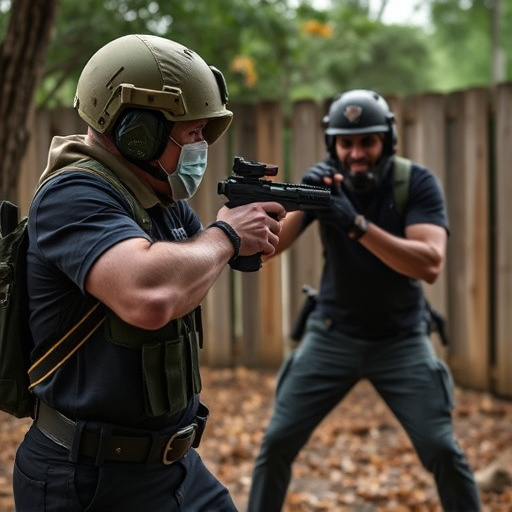
Understanding Electrical Pulse Frequency is key to grasping the effectiveness of stun guns, a critical factor when considering which one to buy for personal safety. The frequency refers to the number of electrical pulses delivered per second and is measured in Hertz (Hz). Higher frequencies mean more pulses per second, potentially increasing the stun gun’s impact. For self-defense purposes, it’s recommended to look for devices with pulse rates ranging from 150,000 Hz to 400,000 Hz or higher. This range ensures maximum effectiveness in neutralizing an attacker without causing serious harm, as stun guns are designed to disrupt muscle control temporarily, making the user unable to move or fight back.
The ease of carrying and using a stun gun goes hand-in-hand with its frequency performance. When buying, consider models that offer both high pulse frequencies for optimal effectiveness and are compact, lightweight, and easy to operate—qualities that ensure you have a reliable self-defense tool readily available when needed.
How Pulse Rate Impacts Stun Gun Performance and User Experience
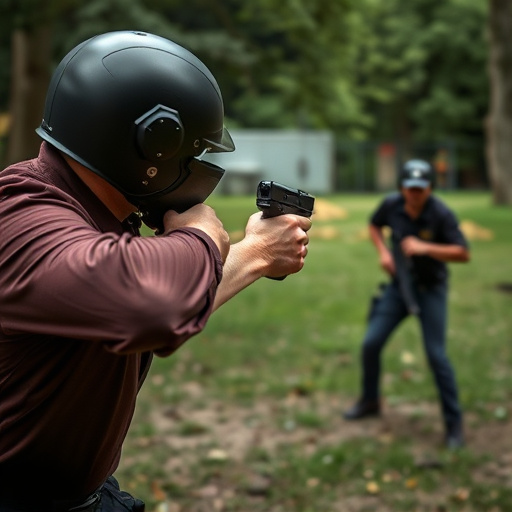
The pulse rate, or the number of electrical pulses emitted by a stun gun per second, is a critical factor in determining its performance and user experience. A higher pulse rate generally translates to more powerful jolts, which can be beneficial for neutralizing targets faster. However, it also increases the device’s power consumption, potentially reducing the stun gun’s operational time on a single charge. This balance is crucial for users who need reliable protection while out in public or during their daily commutes—buyers often look for stun guns that are easy to carry and use, striking a chord between effectiveness and longevity.
On the other hand, lower pulse rates offer longer operation times but may result in less intense shocks, which could be less effective against larger or more resistant targets. This distinction is vital as users must consider their specific needs and environments when choosing a stun gun. A well-informed decision can ensure that the device performs optimally and provides the necessary safety without compromising usability, making it an essential factor for anyone looking to purchase self-defense tools.
Key Considerations When Choosing a Stun Gun Based on Pulse Frequency
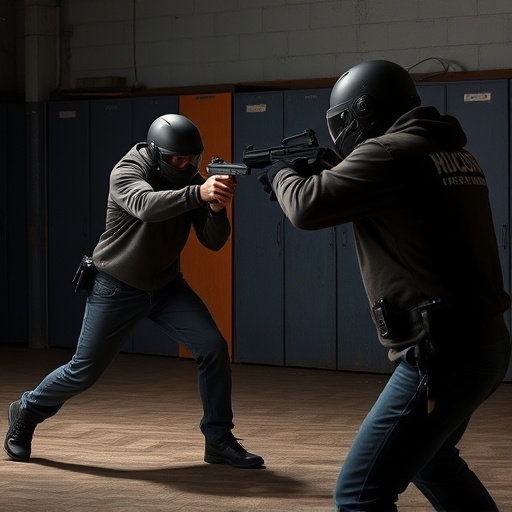
When selecting a stun gun, one of the critical factors to consider is the pulse frequency. This refers to the number of electrical pulses delivered per second and plays a significant role in the device’s effectiveness. Higher pulse frequencies generally result in more powerful jolts, ensuring faster immobilization of the target. Stun guns with adjustable pulse settings offer versatility, allowing users to adapt to various situations.
For personal protection, it’s advisable to buy stun guns featuring higher pulse frequencies, typically ranging from 100,000 to 400,000 volts. Such devices are designed for easy carry and use, making them convenient for self-defense in unexpected encounters. Lower frequency models might be suitable for specific training purposes or for scenarios where a less powerful but reliable stun is required.
Unlocking the Advantages of High-Frequency Stun Guns for Personal Safety
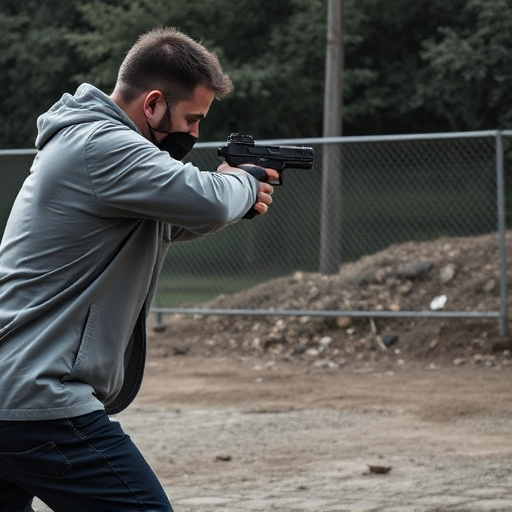
High-frequency stun guns offer a significant advantage in personal safety for several reasons. One of the key benefits is their ability to deliver powerful shocks at higher frequencies, typically ranging from 100,000 to 400,000 Hz. This technological advancement ensures that users can disable an attacker quickly and effectively, providing them with a crucial split second to escape or call for help.
Moreover, these stun guns are designed with ease of use in mind. When buying stun guns, look for models that are compact, lightweight, and easy to carry—features that make them ideal for personal defense. Their sophisticated design incorporates advanced circuitry and safety mechanisms, allowing users to deploy the device with confidence. This simplicity ensures that even in high-pressure situations, individuals can rely on their stun gun to work when needed most.
Low vs. High Pulse Frequency: Which Stun Gun Fits Your Defense Needs?
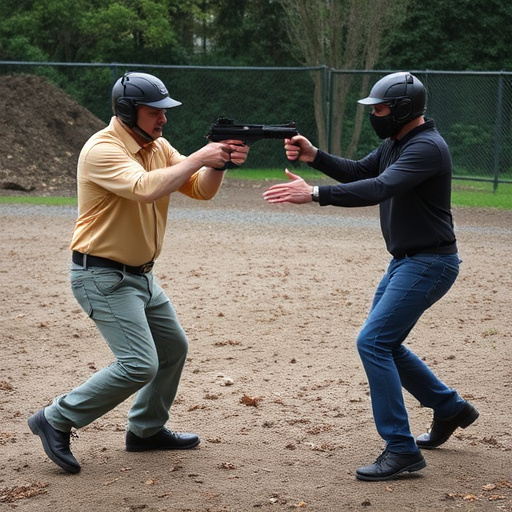
When considering a stun gun for self-defense, understanding pulse frequency is key. The electrical pulses emitted by these devices determine their effectiveness and impact on an attacker. Low pulse frequency stun guns deliver powerful jolts with longer recovery periods, ideal for close-range encounters where a strong, immediate stun is required. These are popular choices for law enforcement due to their ability to incapacitate quickly.
On the other hand, high pulse frequency models offer rapid pulses with shorter downtime, making them suitable for situations demanding frequent use or when facing multiple aggressors. Higher frequency doesn’t always mean more power; instead, it ensures consistent stuns over extended periods. For everyday carry and personal safety, choosing a stun gun with an adjustable pulse setting can cater to various scenarios, providing flexibility and peace of mind—a crucial factor when considering the easy carriage and usability of these defensive tools.
When considering a stun gun for personal safety, understanding pulse frequency is key. High-frequency pulses offer increased effectiveness against attackers, while also enhancing user experience with reduced shock time. For those seeking discreet self-defense options, buying stun guns with easy carry and use features, combined with optimal pulse frequencies, can provide peace of mind in potentially dangerous situations. Always remember to choose a stun gun that aligns with your specific defense needs and local regulations.
